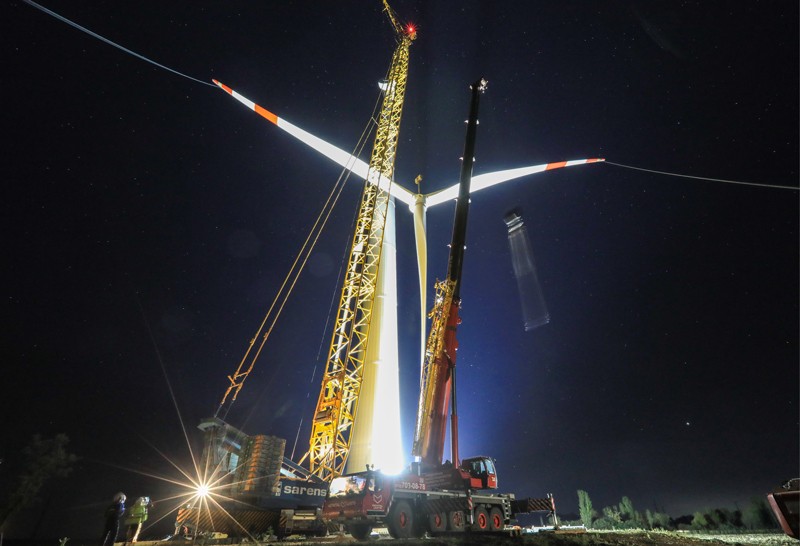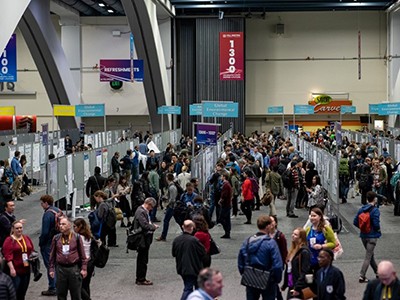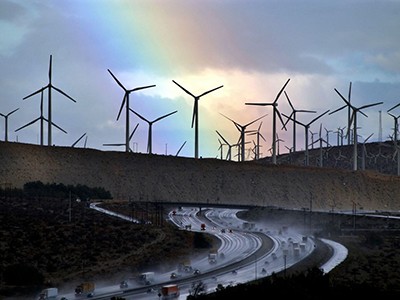In September, Gernot Wagner hosted an unusual visitor at his small New York City apartment.
“The president of Austria dropped by” while he was in town for the United Nations General Assembly, says Wagner, a climate economist at New York University. And in President Alexander Van der Bellen’s hand was a printout of a Nature commentary that Wagner had written with his colleagues earlier this year.
The article offered advice on how to calculate the social cost of carbon — a metric that puts a monetary value on the future damage that climate change will cause. They discussed the piece for a good 15 minutes of the president’s one-hour visit — and Van der Bellen, an economist by training, was just one of the top climate policymakers who consulted Wagner about the piece.
As the pivotal UN Conference of the Parties (COP26) climate meeting starts in Glasgow, UK, this week, the world is focused on how to cut carbon emissions. Nature has been publishing influential research about climate change for decades, but we’ve also been covering it through journalism and expert commentary — something we will continue from the COP26 meeting.
To find out how our past coverage has made a difference, our editors turned to a database we built in collaboration with London-based data-science company Altmetric as part of a project supported by Google’s Digital News Innovation Fund. The database records instances in which Nature’s opinion and journalism have had an impact. Here’s a look at three examples in which opinion articles were influential — and sometimes controversial.
Carbon costs
The social cost of carbon, which Wagner’s commentary addressed, is meant to capture all of the economic damages — including from extreme weather, altered agricultural outputs and changing health-care costs in a warmer world — of one tonne of emitted carbon dioxide. It is an essential figure for climate policy, baked into billions of dollars of US federal policy and spending decisions. Wagner’s article gave eight recommendations for how to accurately and transparently set that figure, such as accounting for the greater impact that climate change will have on people with low incomes.
Since the Nature piece, Wagner says he has corresponded with several experts in the administration of US President Joe Biden who are currently involved in calculating the social cost of carbon, including Heather Boushey, a member of the Council of Economic Advisers, and Elizabeth Kopits, a senior economist at the US Environmental Protection Agency.
Meanwhile, Wagner was also giving “an inordinate amount of television interviews in Austria”, his native country, he says. The country passed a carbon tax in early October. Wagner did not specifically advocate for a carbon tax as the best tool to address the social cost of carbon — and he can’t say for sure how his article affected that legislation — but he hopes that it showed “how science guides us toward a high social cost of carbon and the need for a high carbon price”.
Decarbonizing conferences
Since Milan Klöwer wrote about ways to slash carbon emissions from conference travel, his ideas have been in high demand.
Klöwer, a PhD student in climate modelling at the University of Oxford, UK, and his co-authors calculated in a Nature opinion article that academics travelling to just one major meeting — the 2019 American Geophysical Union meeting — released 80,000 tonnes of carbon dioxide, equivalent to the average weekly emissions of Edinburgh, UK. Yet, before the pandemic, researchers were jetting to meetings all over the world.
Emissions could be cut, Klöwer suggested, if conferences modelled delegates’ travel in advance and used that work to choose a location that minimizes the conference’s carbon footprint. After his article was published, he says, conference organizers contacted him asking to collaborate on such estimates for their meeting or to work on implementing tools such as a carbon tracker. And media outlets, including The Washington Post and BBC Radio 4, interviewed Klöwer. “I found the reception quite overwhelming,” he says.
The article also led to a new collaboration that analysed the global aviation industry’s contributions to climate change — and showed them to be greater than expected.
Scenario planning
In January 2020, Zeke Hausfather and Glen Peters wrote a commentary in Nature arguing that experts should stop using a worst-case scenario as one of the most likely outcomes for climate warming. This scenario, known as RCP8.5, models a world with nearly 5 °C of warming by 2100.
When researchers developed this scenario in 2010, it was supposed to represent the upper bound of a plausible but extreme future with high carbon emissions and zero climate mitigation. The article by Hausfather, director of climate and energy at the Breakthrough Institute in Oakland, California, says that this is now only a remote possibility, given that global coal use appears to have peaked in 2013, and that it should no longer be used as a ‘business as usual’ scenario.
Exaggerating the risks of extreme climate change could give the impression that climate mitigation will be too hard, the authors wrote, and more realistic scenarios — such as 3 °C of warming by 2100, which is still catastrophic — would be a better basis for policy decisions.
The article fuelled debate among climate scientists about which scenarios to use for exactly which purposes. The Nature commentary was widely covered in the media and has been cited over 200 times in the scientific literature. It also featured in the Intergovernmental Panel on Climate Change report published in August, which cites and analyses the article. “It was discussed extensively by the authors,” Hausfather wrote to Nature, “who ultimately decided to de-emphasize the 8.5 scenario in the new report.”
The work led to a fruitful new collaboration for Hausfather in carbon-cycle modelling. The research investigates how carbon-cycle feedback loops — self-reinforcing changes to how the land and oceans store carbon, such as thawing permafrost and ocean acidification — could worsen warming, even if the high-emissions scenario is no longer especially likely.
"how" - Google News
November 01, 2021 at 04:59PM
https://ift.tt/3GHVoIk
How climate coverage can drive change - Nature.com
"how" - Google News
https://ift.tt/2MfXd3I
Bagikan Berita Ini


















0 Response to "How climate coverage can drive change - Nature.com"
Post a Comment